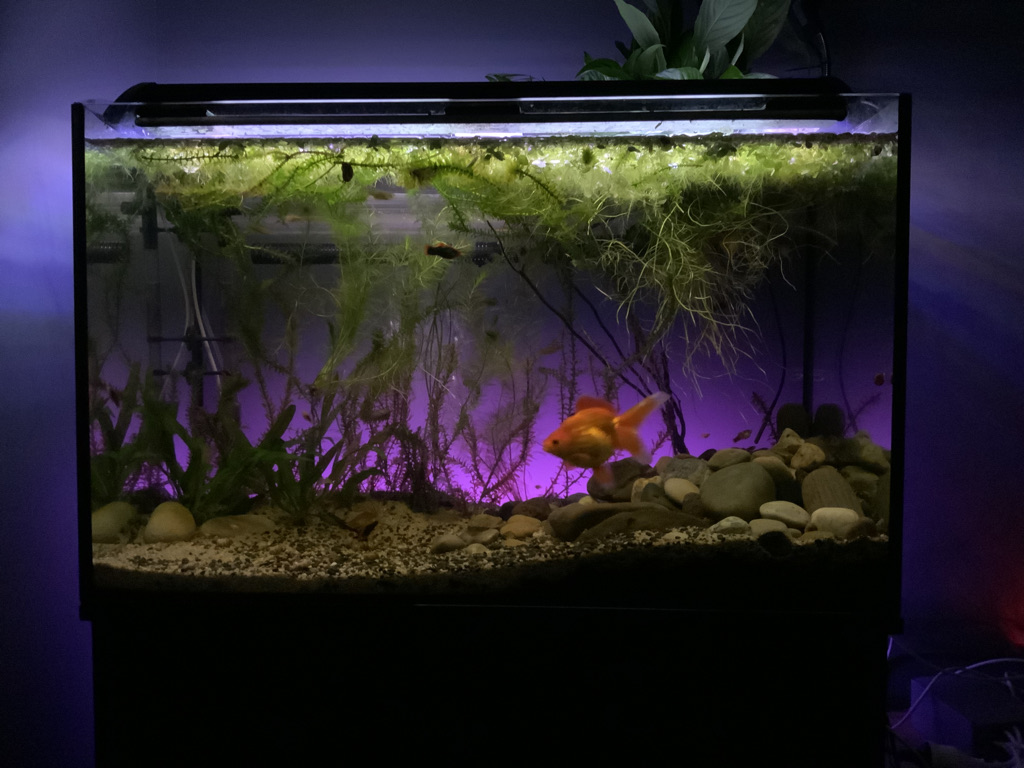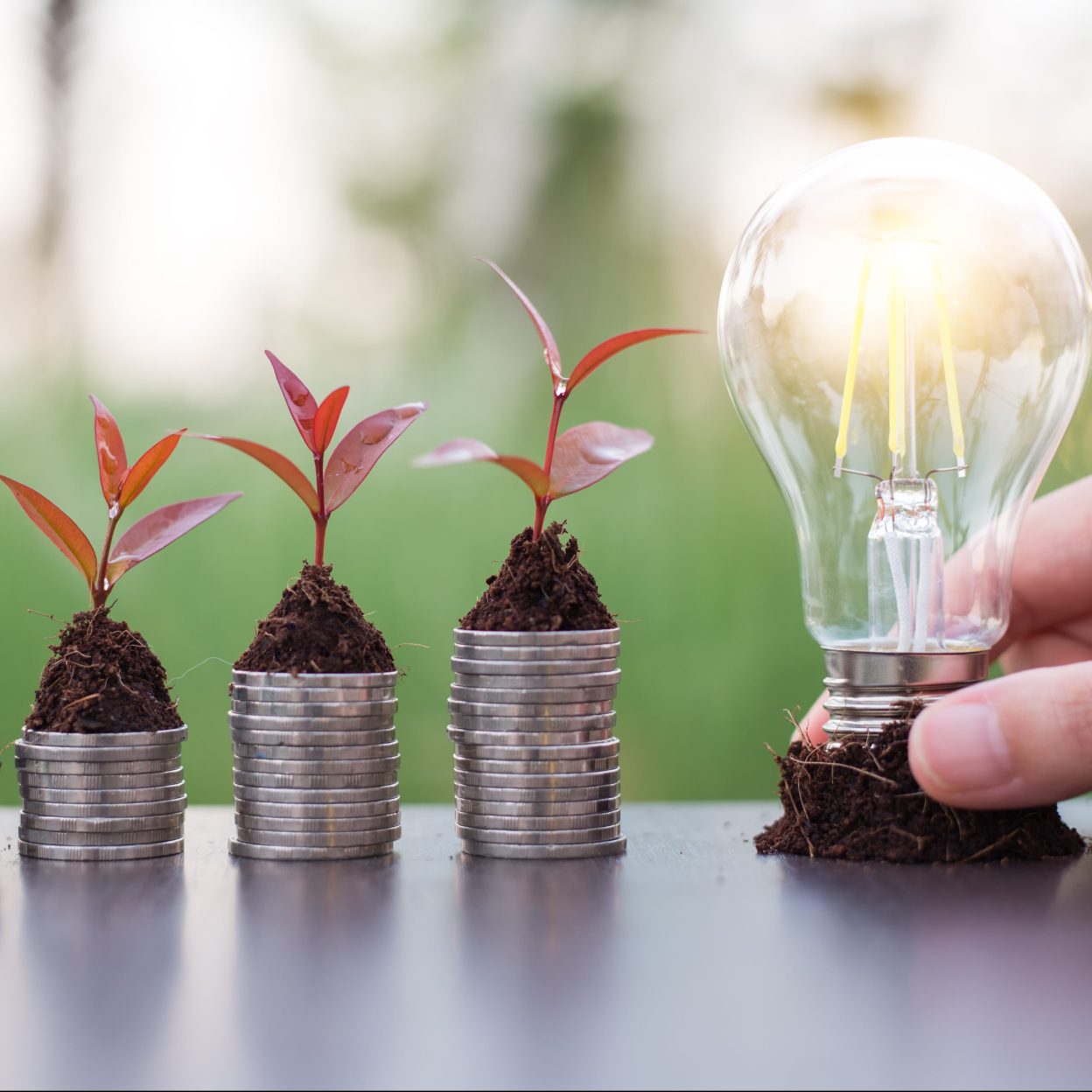Having a personal journey with sustainability for almost 50 years, I learnt that if we look at the natural world and learn from it, living in balance with nature can become a reality. The challenge I see for many people is not knowing what practical steps they need to take to start living more sustainable lives. Sharing my personal experience and helping educate others has become my way of contributing as a Sustainability Ambassador at VMware.
Being a Sustainability Ambassador at VMware
I joined VMware three years ago as a Client Solutions Architect, working closely with our internal account and Professional Services teams to help customers on their technology adoption journey, solving some of their business challenges along the way.
Last year, I had the opportunity to join our Sustainability Ambassadors initiative at VMware. As someone who has been on a solar power journey for the last 30 years, I wanted to use what I’ve learnt to help others use renewable energy and reduce their carbon consumption at home. Through sustainability educational and Q&A sessions I share some of my personal practices, collaborate with peers and help others identify the first steps to start their journey. Sustainability doesn’t have to be an extreme process, a sacrifice or a cost - there are very minimal changes that, over time, can produce incredible results. In face of the current energy crisis in Australia (and around the world), sustainability practices like using more renewable energy and reducing carbon footprint become even more valuable.
Something that I always loved about VMware is its commitment to maintain transparency and track progress towards its Environmental, Social and Governance (ESG) strategy, which we call our 2030 Agenda. A great example of these efforts is the yearly ESG report, a self-analysis approach that could be adopted by any person who’s trying to build a better future. Set clear goals, establish the steps needed to achieve these goals and track progress - that’s a simple path to successfully drive change.
The change starts at home
After installing household solar systems in mine and my family’s homes, I learnt to use the renewable energy we collected creatively: like making my aquarium more sustainable. I love fish, and as something that is important to me, I started looking at ways to improve the architecture of my aquarium and make it better for the environment.
By building the tank as an ecosystem and using solar power during the day for energy and heating, I transformed something that is usually full of chemicals and heavily consumes energy into a simple, efficient and greener solution. Allowing only a small variation in temperature during the day, I heat up the tank when the sun is up and let it cool a little overnight. This allows about 75-80% of the power to be derived from solar energy (without need for a battery), and is just one example of how to think outside of the box with sustainability top of mind.
Another example I like to use is my partner’s house. Just from everyday household activities she used to emit 15 tons of carbon dioxide a year - which is equivalent to the emissions of about 13-15 people! By better understanding her electricity usage habits, installing solar panels and changing the time of some activities, her home now offsets minus 2 tons of carbon dioxide a year, which is now the equivalent of 3-4 people. A big turn around for only 12 months!
Changing the time of daily activities did require a little thought based on the task and appliance being used. For appliances that needed manual activation, such as dishwashers, it was a simple matter of starting them during the day time. However, the more power hungry background devices such as the pool, or a plug in hybrid electric car, demanded a technology mix. By monitoring how much electricity was being generated by the solar panels via Raspberry Pi, we used Python programming to manage smart switches and run the devices only when the solar energy system had energy to spare. This helped us almost eliminate grid power requirements.
It was an incredible transformation considering that she didn’t have to sacrifice her lifestyle. The environmental impact of her household became a tiny fraction of what it was before and the economic investment in solar had a payback period of under 2 years, beyond which her electricity charges are about 10% of what they were before. It was an environmental win, a lifestyle win and an economic win!

Envisioning a sustainable future
It’s essential that more companies start viewing sustainability as core to their overall business strategy and operationalize it across all areas. At VMware, sustainability has always been a part of our DNA and this has an impact across the entire organization. For example, we started a partnership with One Tree Planted, where instead of giving away promotional merchandise at events, we fund the planting of a tree for each attendee. Initiatives like this keep sustainability ingrained in the DNA of the business model, so it’d be great to see more and more organisations educating their different units to adopt these practices.
Watching the next generation, I’m inspired by how much passion and perspective they’re bringing to the climate change discussion. I see a lot of graduates involved in the VMware sustainability initiatives, so I believe that by investing in the education and wellbeing of our people, we’re also investing in the wellbeing of our planet.
So now I’ll pose the question back to you: how do you envision a sustainable future? And what small steps will you take towards making it a reality?

